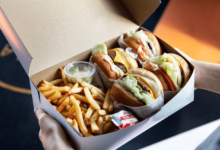Last Updated: 10/05/2024.
Introduction
When it comes to nurturing the health and well-being of pregnant women, infants, and children, the choices you make in the kitchen can have a profound impact. The Michigan WIC Food Guide is a valuable resource that offers essential guidelines for selecting foods that provide optimal nutrition.
In this comprehensive guide, we’ll explore the key principles of the Michigan WIC Food Guide, along with a wide array of nutrient-packed food choices for expecting moms, infants, and growing children. These selections ensure that families receive the vital nutrients necessary for healthy development during these critical life stages. Please join Let’s save Michigan to learn more through this article.
What is Michigan WIC Food Guide?
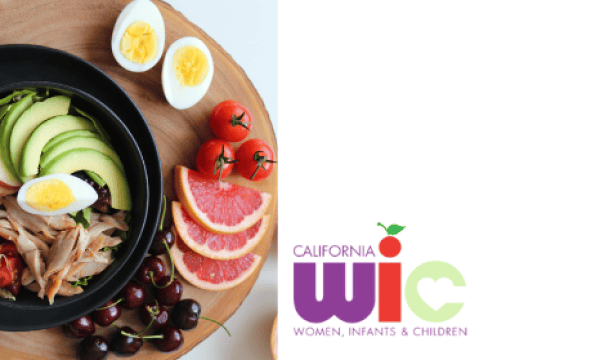
The Michigan WIC Food Guide is the Special Supplemental Nutrition Program for Women, Infants and Children is funded by the United States Department of Agriculture (USDA) through the Michigan Department of Health and Human Services (MDHHS). It helps to correct or prevent malnutrition in low and moderate income families including pregnant and breastfeeding women, women who recently had a baby, infants and children up to 5 years old.
WIC provides supplemental foods, nutrition education, breastfeeding support and education and makes referrals to other needed community health services. The list of foods is subject to change based on time and Michigan state regulations.
The guide emphasizes key nutrients like calcium, protein, iron, and vitamins, which are essential for growth and development. It offers valuable information on portion sizes and recommends foods that are nutrient-rich while being budget-friendly. The Michigan WIC Food Guide is a blueprint for ensuring that your family’s dietary requirements are met without breaking the bank.
WIC Facts:
- Each month, more than 200,000 moms, babies and children less than 5 years of age receive nutritious foods from the Michigan WIC Program.
- WIC foods are worth between $30-$112 or more per participant each month.
- One out of every two babies born in Michigan receive WIC benefits.
- The earlier a pregnant woman receives nutritional benefits from WIC, the more likely she is to seek prenatal care and deliver a normal weight infant.
- For every dollar spent by this program, more than three dollars in health care costs are saved.
- Local communities are supported with more than $1 million yearly when WIC foods are purchased at local grocery stores.
Who is Eligible for WIC?
Those eligible to receive WIC are the following individuals:
- Pregnant and breastfeeding women
- Women who recently had a baby
- Infants from birth to 12 months
- Children who are 1 to 5 years
Individuals must also be a resident of the state of Michigan (including those residing in a group home, shelter or other institutions) and be income eligible (at or below 185% of Federal Poverty Income Guidelines).
Good Food Choices following Michigan WIC Food Guide
Fruits & Vegetables
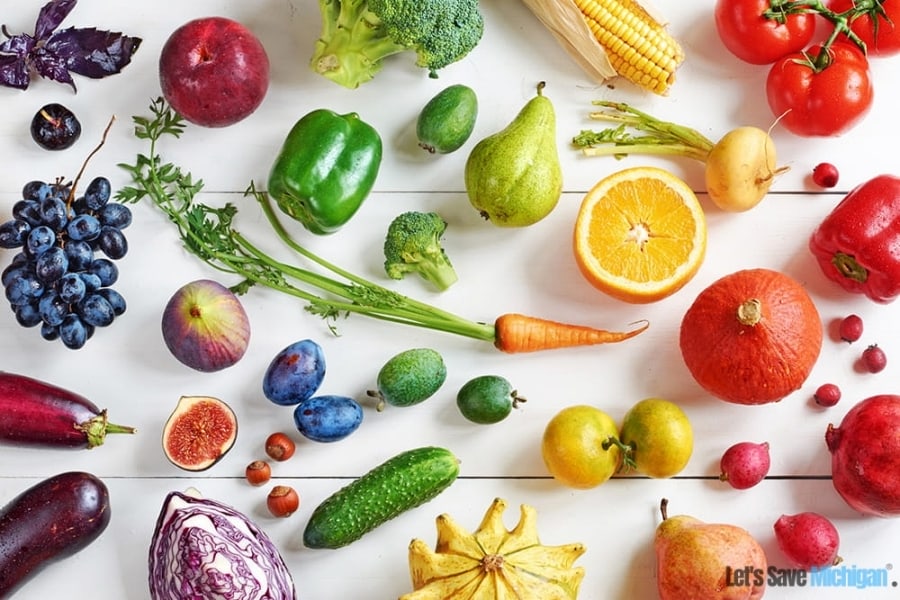
Fresh:
- Organic
- Any variety of fresh fruits or vegetables without added sugars, fats or oils
- Whole, cut, bagged or pre-packaged
- Cilantro and parsley
- Pie pumpkins
Frozen:
- Organic
- Whole, cut or mixed fruits or vegetables
- Beans or peas such as lima beans and black-eyed peas
- Any brand or package size/type
Canned:
- Organic
- Any size metal, glass,
- plastic or pouch containers
- Individual servings or multi-packs
- Regular or low sodium
- Any variety of fruits (including applesauce) packed in juice or water without added sugars, fats, oils or salt
- Any variety of vegetables (including tomatoes) without added sugars, fats or oils
- Tomato paste, puree or sauce
- Green beans and green peas
Note: It doesn’t matter if they are fresh, frozen or canned. As long as you eat them, you are making a healthy choice! Frozen fruits and vegetables are picked at the peak of ripeness, saving all the flavor and nutrients for when you are ready to eat them!
Whole Grains
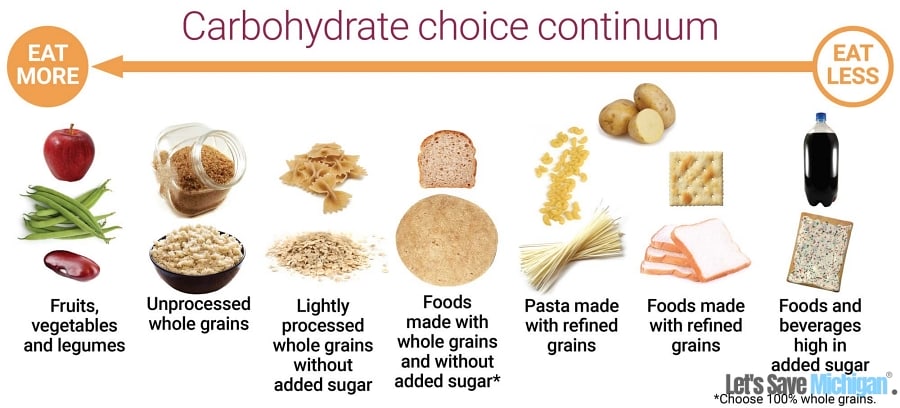
Your choices for whole grains are: brown rice, oatmeal, whole wheat or corn tortillas, whole wheat or whole grain pasta, whole wheat or whole grain breads and buns.
Oatmeal:
Amount: 16 oz container = 1 LB and no organic allowed Brand:
- Best choice: Quick Oats, Old Fashioned Oats
- Hodgson Mill: Quick Rolled Oats, Thick Cut Rolled Oats
- Mom’s Best Cereals: Old Fashioned Oats, Quick Oats
Brown Rice
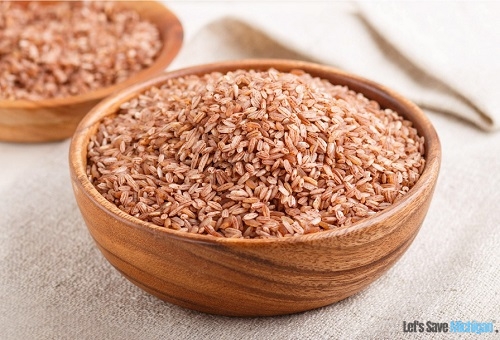
Amount: 14-16 oz bag/box = 1 LB 28-32 oz bag/box = 2 LB Should buy
- Plain
- Dry brown rice
- Regular, instant and boil-in-bag.
Shouldn’t buy:
- Organic
- Added herbs, seasonings or beans or flavored rice
- White rice
- Frozen brown rice
Pasta
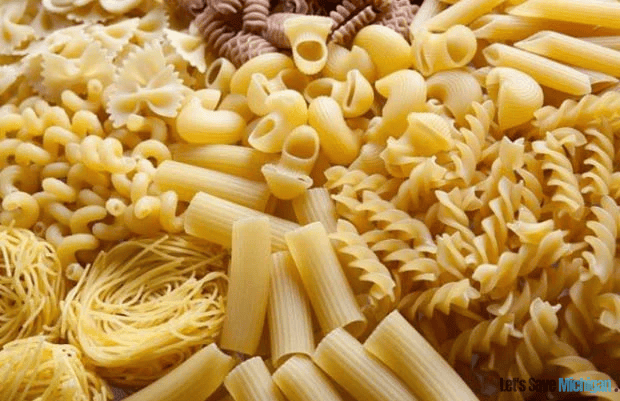
Amount: 16 oz package = 1 LB Pasta should be chosen which is organic, Whole Wheat/Whole Grain ONLY, Any shape such as elbows, penne, rotini, spaghetti or spirals Brands you should buy such as: Barilla, Best choice, Clearly Organic, Kroger, Hodgson mill, Essential Everyday, Great Value, ….
Breads/Buns
Amount: 16 oz package = 1 LB and Whole Wheat/Whole Grain ONLY, shouldn’t buy not organic allowed.
Tortillas
16 oz package = 1 LB and Whole Wheat/Whole Grain or Corn ONLY, shouldn’t buy not organic allowed.
Cereals
Cold Cereals: Amount: 12-36 oz box/bag Shouldn’t buy not organic allowed. Cereals with this symbol are made with whole grains and are a good source of fiber. Brand: General Mills, Malt-O-Meal, Post, Quaker. Hot Cereals: Amount: 9 oz or larger Shouldn’t buy not organic allowed. Cereals with this symbol are made with whole grains and are a good source of fiber. Brand: Note: Cereal is not just for breakfast! Cereals are an easy snack and can be paired with milk, yogurt or fresh fruit. This can be a great way to get extra nutrients that may be missing at meals.
Eggs
One dozen package which any size, may be cage-free, white shells only. Shouldn’t choose organic eggs, Free range or pasture raised, Grain, grass or vegetarian fed, Pasteurized, Fortified/enriched with omega-3, DHA or vitamin E. Note: Eggs are packed with protein and other key nutrients, like Vitamin A, folic acid (folate), B vitamins, and choline. Enjoy them in different ways scrambled, hard-boiled, baked, or poached – for a healthy, tasty meal or snack.
Fish & Infant Meats
Fish
Note: ONLY for exclusively breastfeeding and chestfeeding clients Amount: Any size, can or foil pouch, up to a total of 30 oz per month Should:
- Any brand or type of chunk light tuna, mackerel, sardines or pink salmon
- Packed in water or oil
- Added sauces and flavorings, such as tomato sauce, mustard or lemon
- May include bones or skin
Shouldn’t:
- Organic
- Albacore/solid white tuna, Atlantic or sockeye (red or blueback) salmon, prime or smoked salmon fillets, king mackerel
- Lunch packs, lunch kits or tuna salad
- Added grains or beans
- Premium brands, like Blue Harbor and Wild Planet
- Fresh or frozen
Infant Meats
Note: ONLY for breastfeeding and chestfeeding infants 6 months or older who are NOT receiving formula from WIC Amount: 2.5 oz containers ONLY (multi-packs allowed) Should buy organic, Single meat varieties, with broth or gravy
Infant Foods
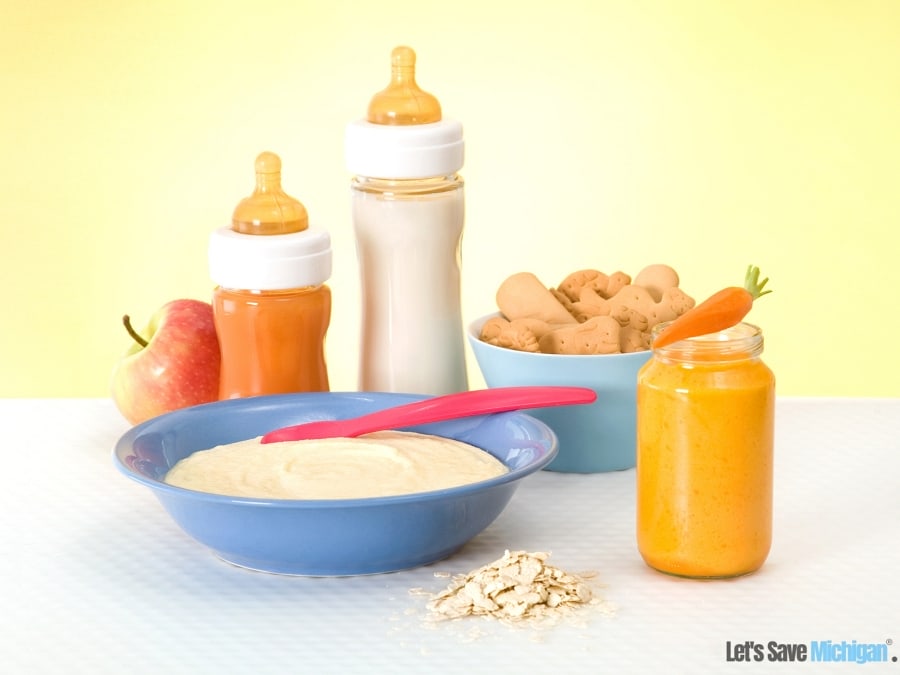
Infant Cereals: For infants 6 months or older Amount: 8 oz or 16 oz container Should buy organic and shouldn’t choose foods which added fruit, formula, DHA/ARA, probiotics or other non-cereal ingredients Infant Fruits & Vegetables: For infants 6 months or older Amount: Single 4 oz container or Multi-packs of 1 oz, 2 oz or 4 oz Should buy organic, Glass jars or plastic tubs ONLY (multi-packs allowed), Any variety single fruit or vegetable, including mature beans, Any variety mixed fruits and/or vegetables (for example: apples and bananas, mixed vegetables, sweet potatoes and apples).
Peanut Butter & Beans
Beans, Lentils & Peas : Dry: 16 oz (1 LB) package, Any brand or type Cans/Jars: 15-16 oz can/jar, Any brand or type, including fat free refried beans, Low sodium. Shouldn’t buy Organic, Beans with added fat, oil, meat, fruits, vegetables or sugars- Baked beans, Pork and beans, Chili beans or soups, Green beans, snap, wax or yellow beans, Green or sweet peas. Beans and legumes come in many different colors, shapes and sizes. They contain a proteinpacked punch in both sweet and savory recipes. One cup of black beans contains 13 grams of protein as well as fiber, folate, iron and other important minerals. Try some beans or legumes with rice or in tortillas, salads and salsa. Peanut Butter: Amount: 16-18 oz jar Should choose Smooth, creamy, crunchy or extra crunchy, not organic, Premium brands, like ArrowHead Mills and Fifty50, Peanut butter mixed with jelly, marshmallow, honey, chocolate or other flavorings, Whipped….
Iron in WIC Foods
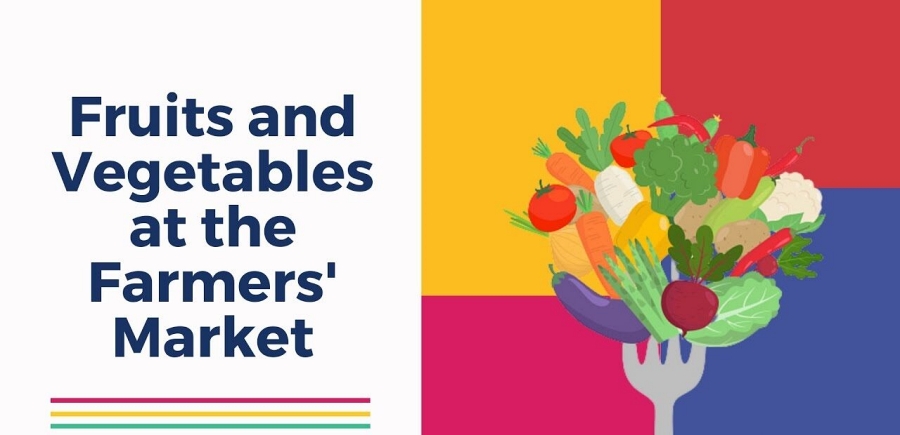
Everyone needs iron for growth and development, especially children with developing brains! Many other WIC foods are good sources of iron as well. These include lentils, spinach, kidney beans, sardines, chickpeas, canned stewed tomatoes and baked potatoes (medium, skin on). Eating foods containing iron and vitamin C together can help your body better absorb the iron. Your food package has lots of foods filled with vitamin C, especially fruits like oranges, strawberries and mangoes, and vegetables like broccoli, bell peppers and tomatoes. Meal Ideas:
- Offer orange slices or juice with cereal.
- Make a yogurt fruit smoothie with fresh or frozen spinach.
- Cook up eggs with spinach and bell peppers.
- Enjoy a bean & cheese taco or quesadilla with tomatoes and peppers.
Dairy Products
Milk:
Should:
- Fat free milk (skim)
- Lowfat milk (1/2%, 1%)
- Buttermilk
- Reduced fat milk (2%)
- Whole milk
- Powdered milk (nonfat dry) 25.6 oz, 32 oz or 64 oz
- Evaporated milk (skim, 2% or whole) 12 oz
- Lactose free milk (skim, 1%, 2% or whole)
Shouldn’t:
- Organic
- A2 milk
- Chocolate or flavored milk
- Evaporated filled milk
- Nut or grain milk (like almond or rice)
- Guernsey
- Value added (Kid’s Milk, Fairlife or Fit Milk)
- Glass bottles
- Unhomogenized
- UHT milk
Note: Skim, 1% or 2% milk has the same amount of Vitamin D, calcium and protein as whole milk. It just has less fat and fewer calories!
Yogurt:
Amount:
- 32 oz tubs
- 4 oz 4-pack (16 oz total)
- 4 oz 8-pack (32 oz total)
- 2 oz tube 8-pack (16 oz total)
- 2 oz tube 16-pack (32 oz total)
Should: Nonfat or low fat ONLY, Plain or any flavor, Fruit on the bottom. Shouldn’t:
- Organic
- 2% or whole milk yogurt
- Greek yogurt
- Activia Fusion brand
- Yogurt in bottles (drinkable) or pouches
- Yogurts with separate mix-in items such as candy, granola, honey or nuts
- Artificial sweeteners (for example: aspartame, Stevia, sucralose or saccharin)
Soy Beverage:
Amount: 1 quart = 32 oz, or 2 quarts = 64 oz
Juices
Amount: 64 oz with 100% Juice & 80% Vitamin C, Added Calcium & Fiber Allowed and No organic allowed.
Conclusion
By following the Michigan WIC Food Guide and incorporating these nutrient-packed choices into your family’s diet, you can ensure that expecting mothers, infants, and growing children receive the essential nutrients needed for their well-being and development. These guidelines, Let’s Save Michigan will serve as a valuable resource for making informed dietary decisions that positively impact your family’s health.




